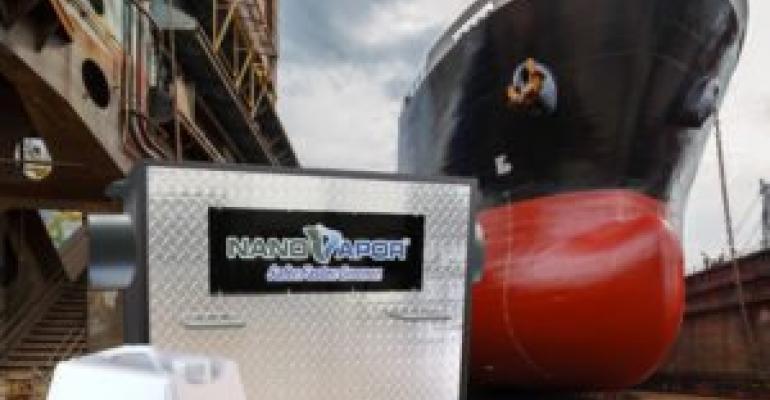In a collaboration with NanoVapor, it is introducing a new Vapour Suppression System which it claims will “revolutionize” tank cleaning and inspections by significantly decreasing the time needed for gas-freeing operations.
NanoVapor says its system inserts tiny nano-droplets of suppressant molecules into the fuel tank using a high-flow air stream, these molecules working microscopically to quickly stop the evaporation of Volatile Organic Compounds (VOCs) throughout the entire tank.
The idea was enthusiastically received by Kuba Szymanski, secretary general of trade association InterManager, who highlighted the risks of enclosed space entry for seafarers at the International Shipowning and Shipmanagement Summit at this year’s London International Shipping Week.
Read more: Enclosed spaces remain serious safety hazard for seafarers: InterManager
It was similarly well received by fellow panelist Carri Woodburn, London-based loss prevention manager for Shipowners P&I club and a member of the International Group’s Ship Technical Committee (STC).
Loss prevention managers at the STC have also identified Enclosed Space Entry as a major safety risk, Woodburn told Seatrade Maritime News afterwards, and would be interested in examining this whole new approach of addressing the contents of the tanks themselves rather than trying to devise yet more ways of alerting seafarers to the dangers of entry.
Copyright © 2024. All rights reserved. Seatrade, a trading name of Informa Markets (UK) Limited. Add Seatrade Maritime News to your Google News feed.


